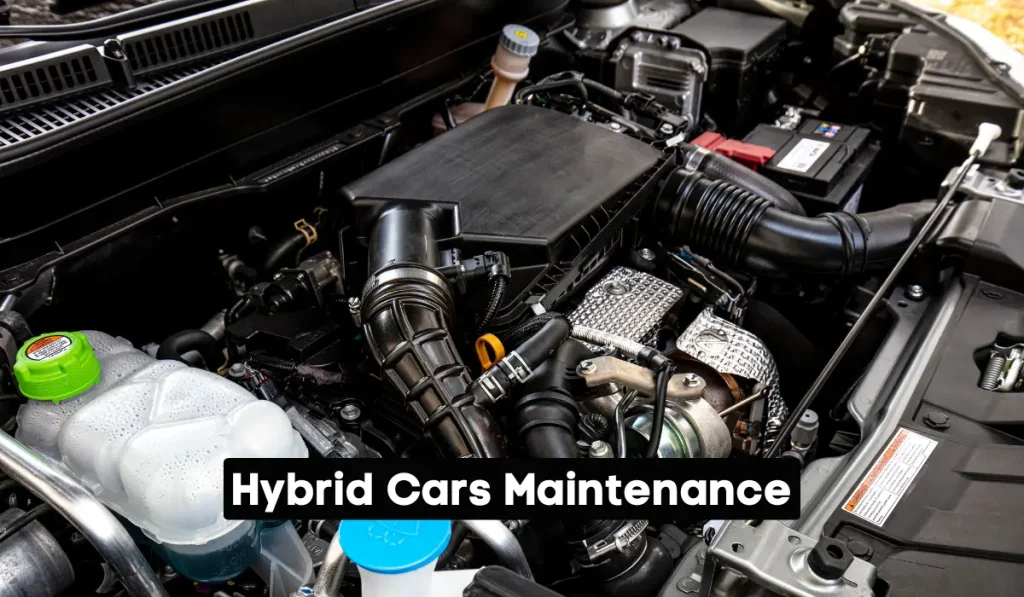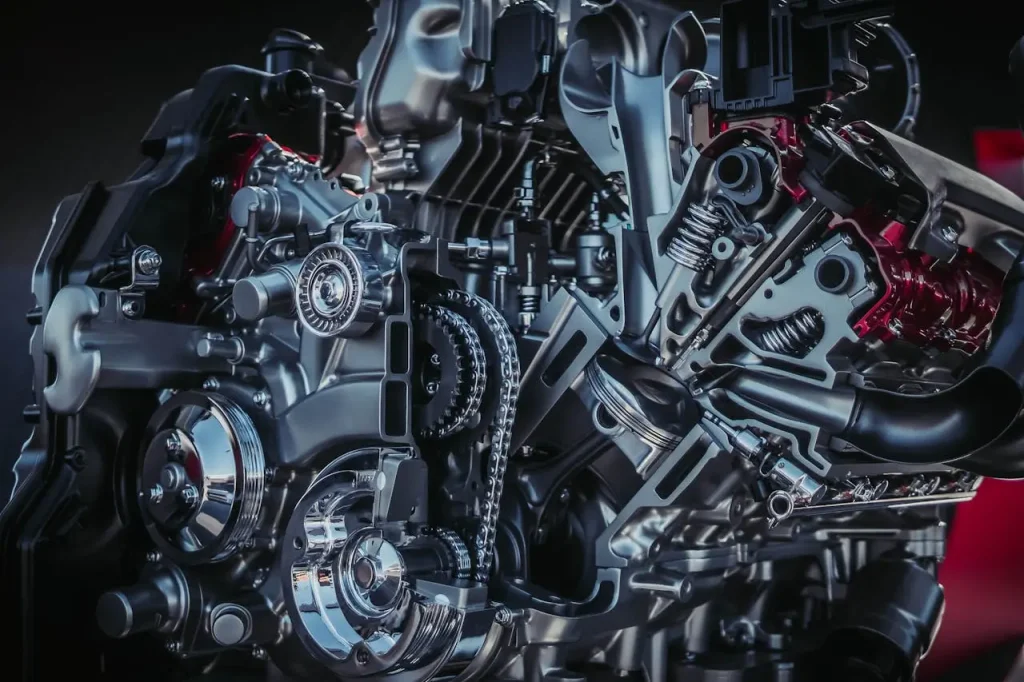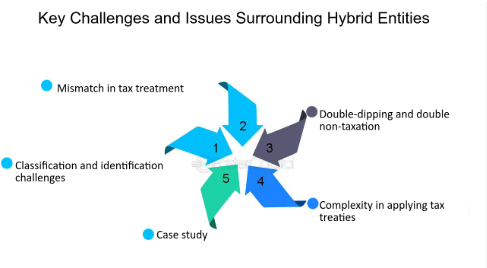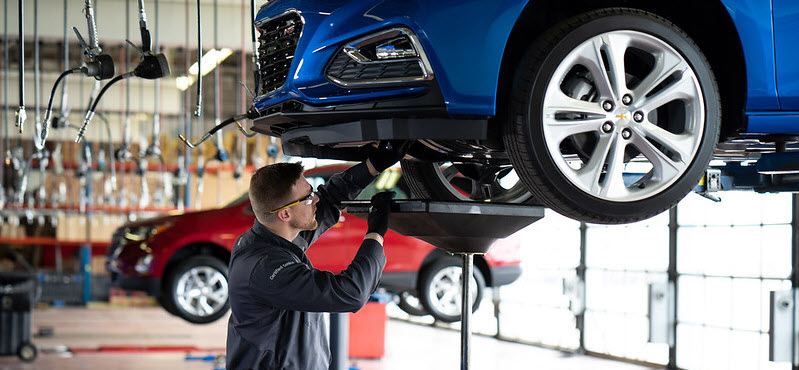
Hybrid vehicle service and care have become increasingly popular due to their fuel efficiency and eco-friendliness. These vehicles combine the benefits of gasoline engines with the power of electric motors, providing drivers with a unique driving experience. However, like any vehicle, hybrid cars require proper maintenance to ensure their longevity and optimal performance. In this blog, we are going to cover everything you need to know about hybrid vehicle service and care, including essential maintenance tips, common issues, and how to keep your hybrid running smoothly for years to come.
1. Understanding Hybrid Vehicles
Before diving into hybrid vehicle service and care, it’s essential to understand how hybrid vehicles work. A hybrid car typically uses both a gasoline engine and an electric motor. The electric motor helps reduce fuel consumption by assisting the gasoline engine, and in some cases, it can drive the car on its own at low speeds. This dual power source offers better fuel efficiency and reduced emissions compared to traditional gasoline-powered vehicles.
There are several types of hybrid vehicles:
- Full Hybrids: These cars can run only on the electric motor, only on the gasoline engine, or both of them.
- Mild Hybrids: These vehicles use the electric motor to assist the gasoline engine and cannot operate on electric power alone.
- Plug-in Hybrids: These vehicles can be charged from an external source and can run only on electricity for a shorter distance before switching on to the gasoline power.
Each hybrid requires its unique maintenance procedures, and thus comes the importance of hybrid vehicle service and care.
2. Why Maintenance is Absolutely Needed for Hybrid Vehicles

Hybrid vehicles are complex machines, mixing two different power systems. That complexity also creates a set of more specific care requirements to keep your gasoline engine and electric motor in working order. So hybrid vehicle service and care go beyond regular oil changes or tire rotations to ensure that both the gasoline engine and electric motor are kept in good working order.
A hybrid vehicle’s battery, electric motor, regenerative braking system, and engine all need regular inspection and care. Hybrid vehicles are thought to be more reliable and require less maintenance than traditional cars; however, regular servicing is ignored at great expense and a reduced lifespan.
3. Hybrid Vehicle Service and Care: Regular Maintenance Tips
Here is a list of key maintenance tasks that every hybrid car owner should know about:
3.1. Battery Maintenance
The most significant part of a hybrid vehicle service and care is its battery. Normally, hybrid car batteries are manufactured to last long, which can last up to 8-10 years or even more depending upon the manufacturer. Nevertheless, they require scheduled check-ups and maintenance.
Battery maintenance may contain:
- Battery inspections: Have your battery inspected regularly to ensure it is charging and discharging appropriately.
- Cooling system: The Hybrid battery heats immensely, so checking the cooling system to ensure it functions normally will prevent overheating.
- Battery replacement: Hybrid batteries are made to last for decades. Replacement might be expensive in the near future, so it is always necessary to regular maintenance and taking great care of your car’s Hybrid can make the difference in increasing years of the usable life.
3.2. Oil Changes
Although hybrid cars have an electric motor, they must still maintain the oil in the gasoline engine. Oil lubricates the moving parts and prevents this part from wearing out excessively. It will commonly be changed in a hybrid vehicle service and care every 5,000 to 10,000 miles. Expect that the type of oil to be used should be as specified in the owner’s manual.
3.3. Maintaining and Rotating Tire
Hybrid cars are much heavier than traditional vehicles due to the addition of batteries and the electric motor. Uneven tire wear can be caused due to this excess weight, so regular tire maintenance is crucial. For this, rotate your tires every 5,000 to 7,500 miles. Also, keep inspecting the tire pressure as hybrid vehicles are very sensitive to any changes in tire pressure in comparison to traditional vehicles.
3.4 Brake System Maintenance
Another benefit of hybrid cars is their regenerative brake capability, which helps recharge the battery as you apply the brakes. In doing so, it generally decreases the amount of brake wear that would be experienced without it, but still requires monitoring. The brake pads must be checked periodically and replaced if they are worn out.
The regenerative system aside, the traditional brakes will continually play a major role in the safety of the vehicle.
3.5 Coolant and Fluid Checks
Hybrids have both an engine coolant system and a battery coolant system. Always check the coolant levels to avoid overheating. Engine coolant should maintain the high temperature of the gasoline engine, and battery coolant keeps the hybrid battery working at its best at the optimal temperature. Make sure that during your hybrid vehicle service and care time, both systems get checked.
3.6. Maintenance of the Fuel System
Hybrid cars rely partly on electric power when driving, but for long drives, they will always resort to a gasoline engine. The fuel system, hence, needs maintenance. Maintaining the fuel system involves replacement of the fuel filter, searching for leaks, and checking the correct operation of fuel injectors. A well-maintained fuel system ensures that the fuel engine, when its service is required, runs without problems.
4. Hybrid Issues Identification

Hybrid cars, as reliable as they are, still face unique problems that need consideration. Here is a list of the most common problems hybrid car owners may encounter:
4.1. Battery Degradation
Hybrid car batteries can lose their charge-holding ability with time. This process is normal; however, charge cycles in excess, extreme temperatures, and improper care of the battery can lead to the degradation process. Recommended servicing and hybrid vehicle care will make possible the detection of early signs of battery weakening, thus giving one an opportunity to correct the problem before a complete failure.
4.2. Regenerative Braking System Failure
The regenerative braking system is an essential part of a hybrid vehicle’s fuel efficiency. If anything is wrong with the braking system, then the issue can cause the charging of the battery and its performance to deteriorate. You should have the system checked if you feel the braking power is reduced or if you hear any unusual noises during braking at a hybrid vehicle service and care appointment.
4.3. Electrical System Faults
Hybrid vehicles have very complex electrical systems that regulate power delivery between the gasoline engine and the electric motor. Electrical problems are also common, especially as the vehicle ages. If you feel that the motor of the electric part is not engaging correctly or the vehicle has become less powerful overall, you should seek the services of a professional to prevent further problems.
4.4. Reduced Fuel Economy
One of the popular reasons people opt for hybrid cars is for their fuel economy. If you find that fuel efficiency is suddenly dropping, then there could be an issue with the hybrid system, the engine, or the battery. Regular inspections and hybrid vehicle service and care can diagnose and correct problems that could be affecting your fuel efficiency.
5. How Frequently Should You Do Hybrid Vehicle Service and Care?

Service of a hybrid vehicle does not require more regular maintenance compared to a typical automobile but should be done regularly to keep its performance at a maximum and long-term level. The following are some general guidelines for maintenance:
- Every 5,000 to 7,500 Miles: Check the tire pressure, Rotate tires, Change the oil, Check the brake system
- Every 15,000 to 30,000 Miles: Inspect the battery, Replace cabin air filter, Check the fluid level, Check the fuel system.
- Every 60,000 to 100,000 miles: Get a checkup on the hybrid battery, look at the electric motor, replace the spark plugs if it is time.
- Over 100,000 miles: Then more considerable repairs or replacements may be required. For example, replacing the hybrid battery is likely to be needed at this point.
Also, be guided by the manufacturer’s recommendations on which interval service should be taken, and maintain a log of everything that is done.
6. Finding the Right Hybrid Vehicle Service and Care Provider
Choosing a service provider for your hybrid vehicle service and care is an important decision. While most mechanics can perform routine car maintenance, hybrid cars require more expertise. Ensure you choose a service center that has experience with hybrid cars. Look for certifications such as Hybrid Service Technicians or ASE (Automotive Service Excellence) certification. These certifications ensure the technicians are well-trained in hybrid technology.
If you are unsure, consult the owner’s manual or ask for recommendations from other hybrid car owners. In so doing, you ensure that your hybrid car receives the best care possible.
Conclusion
Hybrid cars are a sustainable and efficient alternative to gasoline-powered cars. But like all cars, they need regular maintenance in top working condition. Hybrid vehicle service and care are very important, as both the gasoline engine and the electric motor need to be properly serviced to make them work without a hitch. Regular maintenance schedules will help you stay abreast of potential common problems with your hybrid, and seeking professional service will drive out any problem standing between your hybrid and its existence.
Proper care of a hybrid would help retain its strong fuel efficiency, reliability, and performance. Keeping your hybrid vehicle service and care up to date with scheduled services, checking the battery, and reminding yourself of common issues that hybrids share would ensure it lasted long before high fuel economy and reduced emissions become issues. You can check other guide to know How to Improve Your Car’s Resale Value